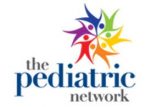What is the most common pediatric cancer?
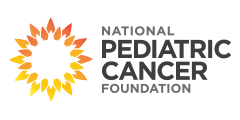
Brain cancer surpasses leukemia as deadliest childhood cancer | Gateway for cancer research.
Cancer in children is rare. Of children born in the United States, 1 in 285 children will develop cancer before they reach the age of 20. Advances in treatment have increased the survival of many children. However, cancer remains the second leading cause of death in children aged 1 to 14 years, after accidental injuries.
Rhabdomyosarcoma, a disease in which malignant cells develop from muscle tissue, is the most common soft tissue tumor in children under 15 years of age. Other sarcomas are more common between the ages of 15 and 19.
Some common common symptoms include feeling very tired and exhausted all the time and / or noticeable paleness of the skin. Have many infections (such as ear, throat, or chest) that don’t go away or keep coming back. Have flu-like symptoms that don’t go away (such as lethargy, high fever, being sick)
Is pediatric cancer curable?
Due to major advances in treatment over the past decades, 84% of children with cancer now survive 5 years or more. All in all, this is a huge increase since the mid-1970s, when the five-year survival rate was about 58%. Still, survival rates can vary greatly depending on the type of cancer and other factors.
Access to effective diagnosis, essential medicines, pathology, blood products, radiation therapy, technology, and psychosocial and supportive care is variable and unfair worldwide. However, a cure is possible for more than 80% of children with cancer when childhood cancer care is accessible.
Many of them are childhood cancer survivors. Over the past 30 years, treatments and supportive care have improved. As a result, more than 80% of children treated for cancer live 5 years or more after treatment.
Cancer in children is rare. Of children born in the United States, 1 in 285 children will develop cancer before they reach the age of 20. Advances in treatment have increased the survival of many children. However, cancer remains the second leading cause of death in children aged 1 to 14 years, after accidental injuries.
What are the odds of a child getting cancer?
What are common childhood cancers?
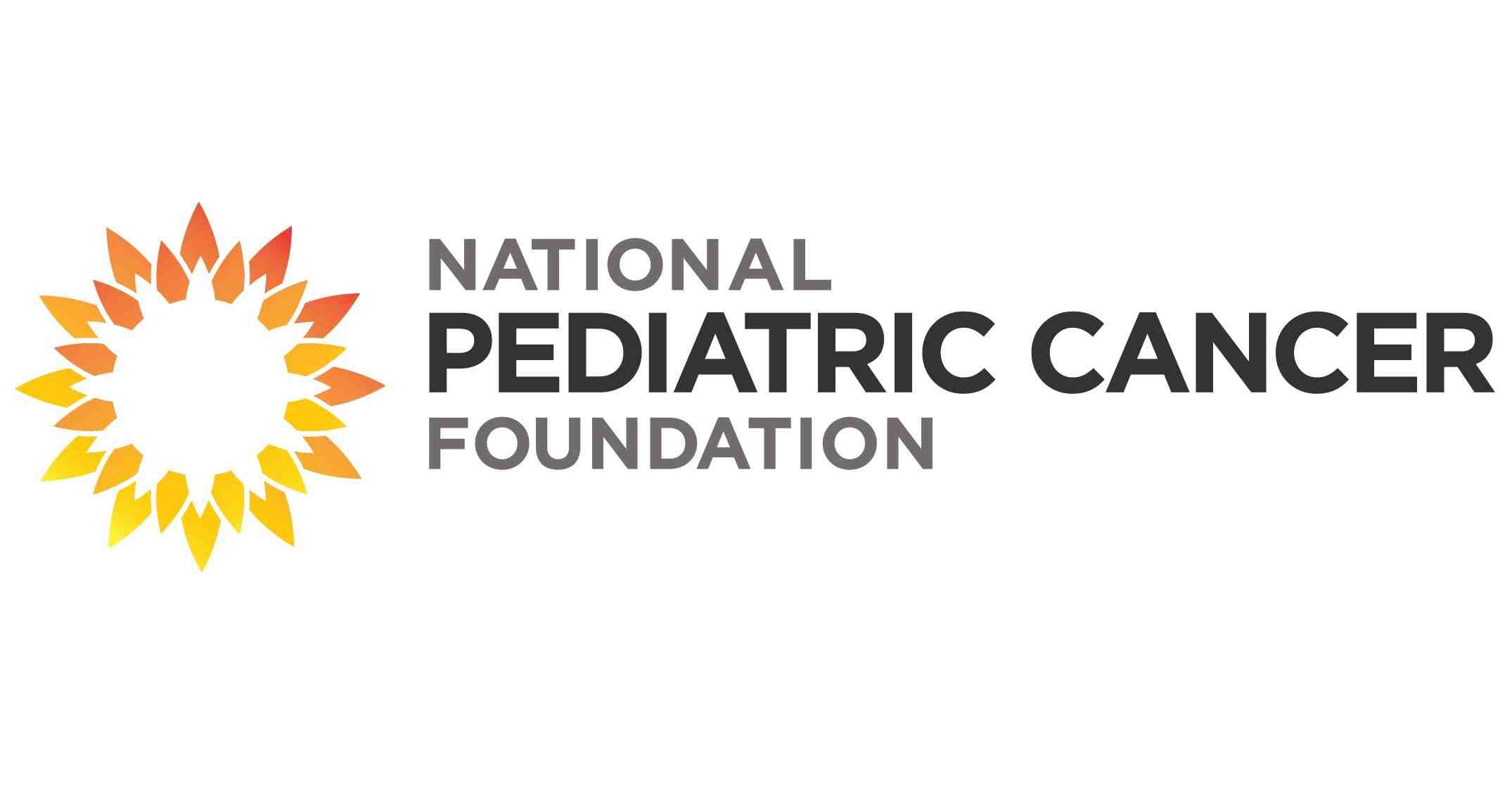
Types of cancer in children The most common types of cancer diagnosed in children aged 0 to 14 years are leukemia, brain and other central nervous system (CNS) tumors and lymphomas.
Common cancers in children include leukemia (starts in blood-forming tissue such as bone marrow), lymphoma (starts in the cells of the immune system), neuroblastoma (starts in certain nerve cells), retinoblastoma (starts in the tissues of the retina). ), Wilms tumor (a type of kidney cancer), and cancers of the …
Brain cancer surpasses leukemia as deadliest childhood cancer | Gateway for cancer research.
Rhabdomyosarcoma, a disease in which malignant cells develop from muscle tissue, is the most common soft tissue tumor in children under 15 years of age. Other sarcomas are more common between the ages of 15 and 19.
What were your child’s first symptoms of leukemia?
In children, leukemia usually starts before the age of 10. The first warning signs can be cold or flu symptoms that don’t go away or keep coming back. Your child may seem more tired than usual. You may regularly notice bruising on the child’s skin.
Childhood leukemia is often found because a child has signs or symptoms prompting a visit to the doctor. The doctor will then order blood tests, which may indicate leukemia as the cause. The best way to detect these leukaemias early is to keep an eye out for the possible signs and symptoms of this disease.
According to the American Cancer Society: Acute lymphocytic leukemia (ALL) is the type of leukemia most common in children, usually between the ages of 2 and 3. ALL represents approximately 73 percent of leukemia cases in the US each year.
A toddler with leukemia will behave differently than a school child. Crying, anger, excitement, excessive behavior, or tantrums can all be normal behaviors for younger children at times. School-aged children may feel more guilty or nervous about what is happening.
Are childhood cancers rare?
There is a good chance that your child will not develop cancer: the chance that your child will develop cancer at the age of 19 is about 1 in 330. But after accidents, cancer is the second cause of death in children.
The most common childhood cancer, acute lymphocytic leukemia, accounts for about 34 percent of all childhood cancers. ALL usually occurs between the ages of 2 and 4 years and is more common in men than women.
Still, the National Cancer Institute (NCI) says the total number of childhood cancers has risen significantly over the past few decades – a 27% increase since 1975 in children under the age of 19, according to data collected by the NCI’s Surveillance, Epidemiology. . and final results (SEER) program.
7 rare cancers
- 22% of all cancers are rare. Rare Cancers Europe explains that rare cancers can be identified as cancers with an incidence of less than six per 100,000 people per year.
- Head and neck cancer.
- Sarcoma.
- Thyroid Cancer.
- Neuroendocrine Cancer.
- Brain tumors.
- Lymphoma.
What are the signs of leukemia in a child?
The most common symptoms of childhood leukemia include the following:
- Bruising and bleeding. A child with leukemia may bleed more than expected from a minor injury or nosebleed.
- Stomach pain and poor appetite.
- Difficulty breathing.
- Frequent infections.
- Swelling.
- Bone and joint pain.
- Anemia.
According to the American Cancer Society: Acute lymphocytic leukemia (ALL) is the type of leukemia most common in children, usually between the ages of 2 and 3. ALL represents approximately 73 percent of leukemia cases in the US each year.
A toddler with leukemia will behave differently than a school child. Crying, anger, excitement, excessive behavior, or tantrums can all be normal behaviors for younger children at times. School-aged children may feel more guilty or nervous about what is happening.
Childhood leukemia is often found because a child has signs or symptoms prompting a visit to the doctor. The doctor will then order blood tests, which may indicate leukemia as the cause. The best way to detect these leukaemias early is to keep an eye out for the possible signs and symptoms of this disease.
What are signs of cancer in a child?
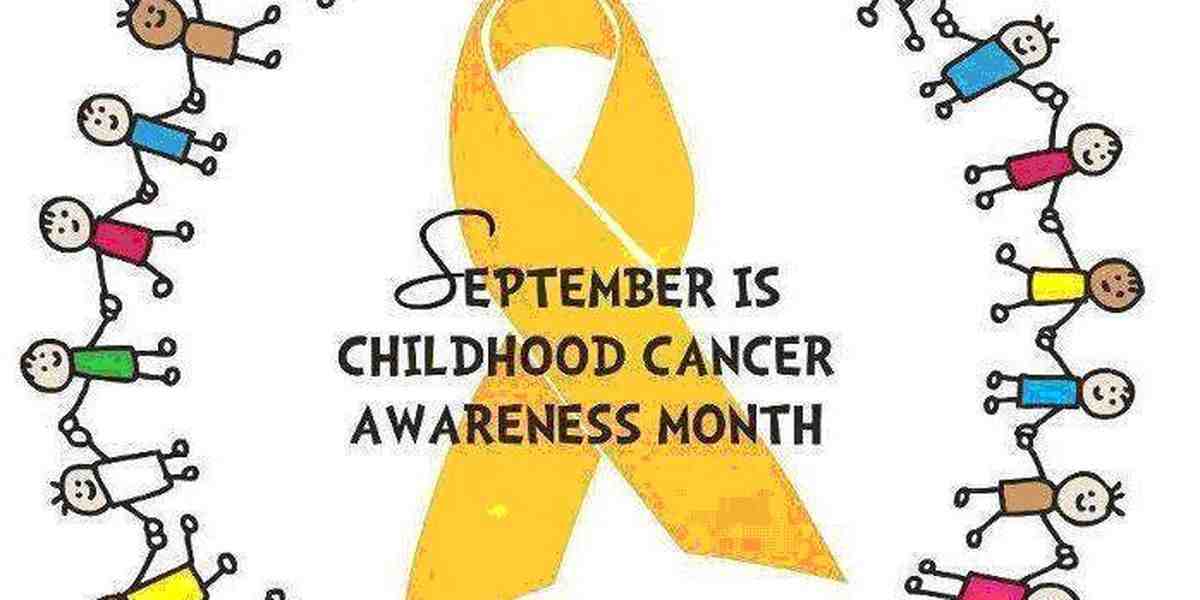
Some common common symptoms include feeling very tired and exhausted all the time and / or noticeable paleness of the skin. Have many infections (such as ear, throat, or chest) that don’t go away or keep coming back. Have flu-like symptoms that don’t go away (such as lethargy, high fever, being sick)
The most common symptoms of childhood leukemia include the following:
- Bruising and bleeding. A child with leukemia may bleed more than expected from a minor injury or nosebleed.
- Stomach pain and poor appetite.
- Difficulty breathing.
- Frequent infections.
- Swelling.
- Bone and joint pain.
- Anemia.
Cancer Symptoms and Warning Signs
- Change in bowel movements or blowing habits.
- A sore that does not heal.
- Unusual bleeding or discharge.
- Thickening or lump in the breast or elsewhere.
- Indigestion or difficulty swallowing.
- Obvious change in a wart or birthmark.
- Nagging cough or hoarseness.
Rhabdomyosarcoma, a disease in which malignant cells develop from muscle tissue, is the most common soft tissue tumor in children under 15 years of age. Other sarcomas are more common between the ages of 15 and 19.
What do Leukemia spots look like?
One symptom that people with leukemia may notice is small red spots on their skin. These pinpoints of blood are called petechiae. The red spots are caused by small broken blood vessels called capillaries under the skin. Normally, platelets, the disk-shaped cells in the blood, help the blood clot.
They can be purple, red, or brown in color and usually occur on the arms, legs, and stomach, but they can also be found on the inside of your mouth and around your eyes. The spots are caused by damage to very small blood vessels in the skin (called capillaries).
What are blood cancer symptoms?
- Pale skin. When your body develops leukemia, the cancer damages blood cells, so your body has a hard time growing healthy blood cells.
- Fatigue. Fatigue is a common symptom in many illnesses.
- Infections and fever.
- Shortness of breath.
- Bad clotting and bruising.
When immune cells come into contact with leukemia or lymphoma cells, they can release high concentrations of cytokines, causing irritation of nerve endings in the skin and causing persistent itching.
At what age cancer occurs?
A similar pattern is seen with many common cancers. For example, the median age at diagnosis is 62 years for breast cancer, 67 years for colorectal cancer, 71 years for lung cancer, and 66 years for prostate cancer. But cancer can be diagnosed at any age.
But for statistical purposes, cancers in young adults are often thought of as cancers that start between the ages of 20 and 39. Cancer is uncommon in young adults, but a wide variety of cancers can occur in this age group. cancers can be challenging. Most cancers occur in older adults.
Cancer is uncommon in teens, but a variety of cancers can occur in this age group, and treating these cancers can be challenging for a number of reasons. Most cancers occur in older adults. Cancers that start in childhood (before the age of 15) are much less common.
The highest figures are in the 85 to 89 age group for women and men. The incidence rates are significantly higher in women than men in the younger age groups and significantly lower in women than men in the older age groups.
What is the rarest childhood cancer?
Brain cancer surpasses leukemia as deadliest childhood cancer | Gateway for cancer research.
7 rare cancers
- 22% of all cancers are rare. Rare Cancers Europe explains that rare cancers can be identified as cancers with an incidence of less than six per 100,000 people per year.
- Head and neck cancer.
- Sarcoma.
- Thyroid Cancer.
- Neuroendocrine Cancer.
- Brain tumors.
- Lymphoma.
The most common childhood cancer, acute lymphocytic leukemia, accounts for about 34 percent of all childhood cancers. ALL usually occurs between the ages of 2 and 4 years and is more common in men than women.
Pages in category & quot; Rare Cancers & quot;
- Acanthoma.
- Adamantinoma.
- Adenoacanthoma.
- Adenoid cystic carcinoma.
- Carcinoma of the adrenal cortex.
- T cell leukemia / lymphoma in adults.
- Aggressive NK cell leukemia.
- Alveolar sarcoma of the soft part.
What causes pediatric cancer?
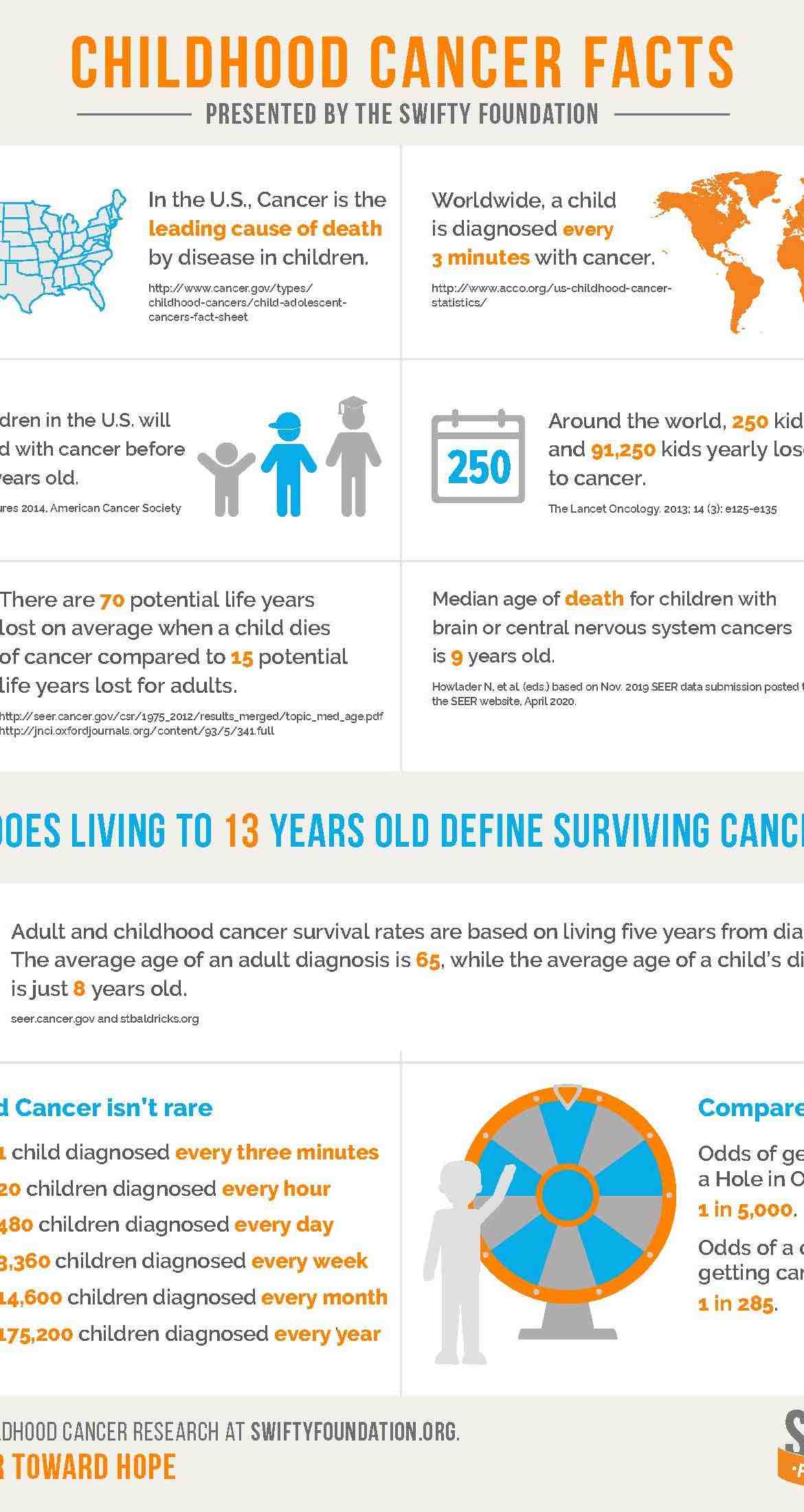
Some environmental factors, such as radiation exposure, have been associated with some types of childhood cancer. Some research has also suggested that some parental exposures (such as smoking) can increase a child’s risk of certain cancers, but more studies are needed to explore these possible links.
If your child develops cancer, it is important to know that it is extremely unlikely that you or your child could have done anything to prevent it. It is very rare for a child to experience gene changes that make them more likely to develop some type of cancer.
Types of cancer in children The most common types of cancer diagnosed in children aged 0 to 14 years are leukemia, brain and other central nervous system (CNS) tumors and lymphomas.
There is a good chance that your child will not develop cancer: the chance that your child will develop cancer at the age of 19 is about 1 in 330. But after accidents, cancer is the second cause of death in children.
How can we prevent cancer in children?
What to do to reduce your child’s risk of developing cancer:
- First, the obvious one: don’t use tobacco or let anyone else smoke around your kids.
- Also known: protect them from sunburn to prevent skin cancer.
- Feed them a healthy diet that is high in fiber, fruits and vegetables.
- Encourage exercise.
A strong family history of cancer can increase a child’s risk of cancer, but these genes are extremely rare. Cancers in children are almost always caused by a DNA mutation that is not inherited but occurs randomly (acquired). Children with acquired DNA mutations cannot pass them on to their children in the future.
Consider these tips for preventing cancer.
- Do not use tobacco. Using any type of tobacco puts you on a collision course with cancer.
- Eat healthy.
- Maintain a healthy weight and be physically active.
- Protect yourself from the sun.
- Get vaccinated.
- Avoid risky behavior.
- Get regular medical care.
Some common common symptoms are always feeling very tired and exhausted and / or noticeable paleness of the skin. Have many infections (such as ear, throat, or chest) that don’t go away or keep coming back. Have flu-like symptoms that don’t go away (such as lethargy, high temperature, being sick)
